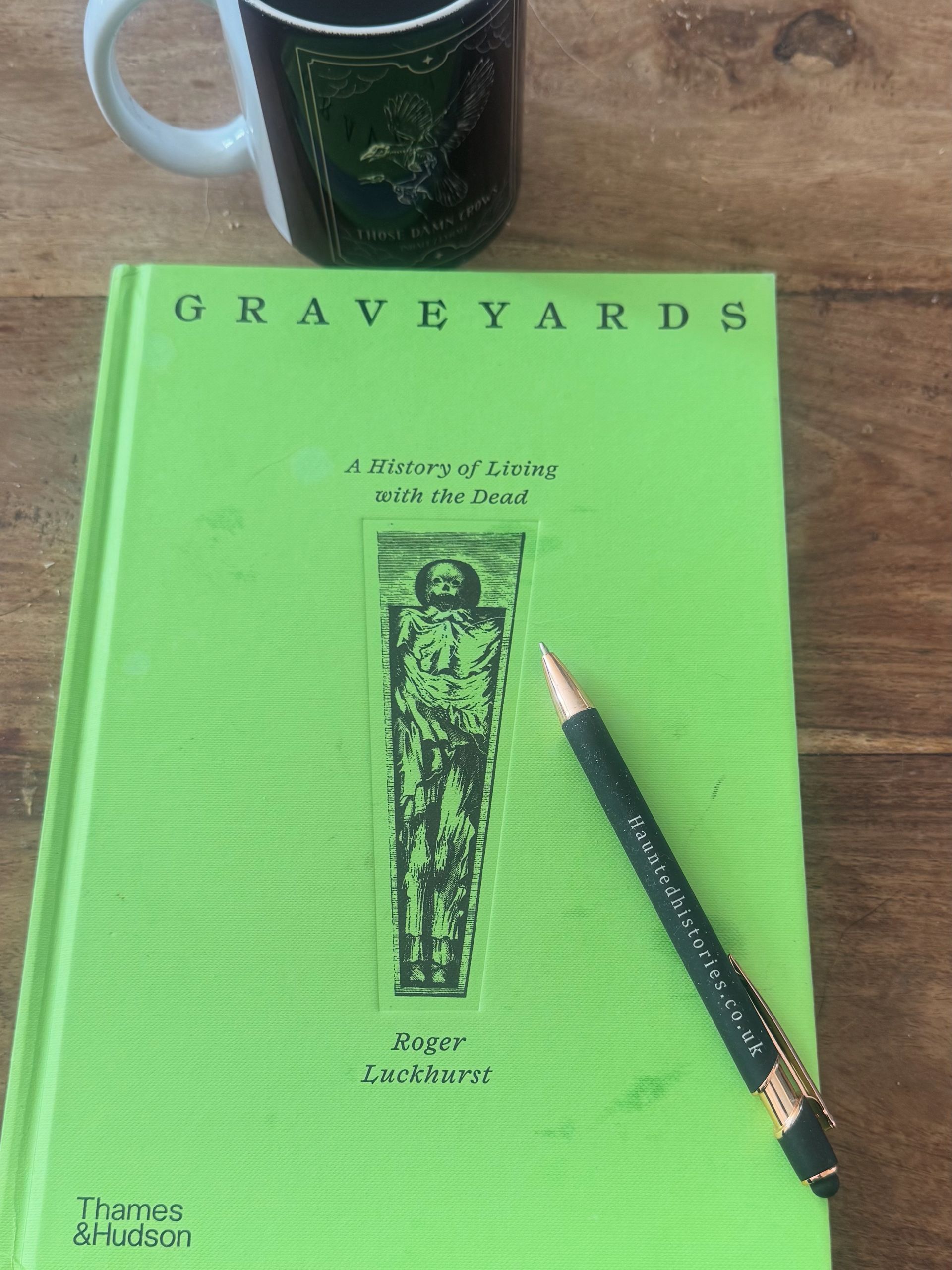Should we judge the past?
Some thoughts...
I am sure this blog is going to be pretty incendiary, and whilst I apologise if the subject matter is triggering for anyone, it is a question which I think should be contemplated.
This is a subject that I have been pondering over how to write a piece on which would provoke questions as opposed to arguments, although it is so sensitive it is likely to do both!
For example, take the Bristolian, Edward Colston, his statue was toppled on the 7th June 2020 and thrown into the river due to the anger of his being involved in the slave trade. I can whole heartedly agree that the use of human beings as commodities to be traded at will and worked to death is despicable, but…for a man of his standing at that time, it was purely business. Interestingly, in all the articles I have read about this case (and his memorial was due to his philanthropy of which the area benefitted greatly) not one mentions the fact that the Royal African Company (of which Colston was a deputy Governor for a year) was formed by the House of Stuart, Charles II and his brother, the future James II.
Another element of history which makes me question my own life somewhat is the age at which young girls (not women, girls) would get married, especially in the upper class echelon. Whilst it is no secret that I am not a fan of the future King Henry VII’s mother, Margaret Beaufort, I do admire her chutzpah and determination, and have said on many an occasion if she had been born now, she would most likely have been an incredibly successful (and somewhat scary) C.E.O. of a huge multinational company. At the age of around 6, she was married to the similarly aged John de La Pole, but it was her second husband when she was just 12 and he, 25, Edmund Tudor. At the age of 13 she was pregnant with her only child, Henry Tudor. I know that historians have to be unbiased, but am I the only person who feels a bit “icky” at the thought of a 25 year old man impregnating a 12 year old child?
But, back in the 15th century, it was acceptable…
The last thing I want to mention combines 12th and 13th century bias with one of the most horrific mass murders to happen in the 20th century, that of the Holocaust.
I do hope I do not have to educate you on that subject, but what I found out (whilst researching for another project) is quite shocking to me, and does make question how we choose what to judge.
There are many cases following the Norman invasion of England of violence against the Jewish population, without going into too much detail, William the Conqueror brought those of Jewish faith into England to make use of their ability in commerce and money lending with interest – the practice of usuary which was forbidden under Catholic doctrine. In 1144, the myth of “blood libel” appeared when a young boy known of William of Norwich was found murdered, and the blame was placed on the Jewish community of the city. This is an utterly ridiculous piece of propaganda against the faith that they had to sacrifice a Christian boy to use his blood in the making of Passover bread and for other rituals. This has been used since then as an excuse to attack Jewish communities even now, whether people genuinely believe it or whether they are scared to dismiss it, I have no idea.
Which brings me to another one, the infamous yellow star of David badge that we associate with the Nazi’s and their vile slaughter of the Jewish people. You would possibly think that it was the invention of Hitler and his cronies, but no, in the Statute of the Jewry issued in 1275 by King Edward I, it said -
“Each Jew, after he is seven years old, shall wear a distinguishing mark on his outer garment, that is to say, in the form of two tables joined of yellow felt of the length of six inches and of the breadth of three inches”
There are many other cases of historical deeds which should be condemned, but why are we selective in what we judge? In that case, should we “cancel” some individuals but not others? And if so, who gets to make that decision? For what it is worth, my belief is that there genuinely were people who were evil and deserve their reputation, but there are also those that were part of their time and with 21st century eyes, we would see their behaviour as being immoral or even murderous, but during their period, it was normal.











